
Activity Instructions
What You'll Need
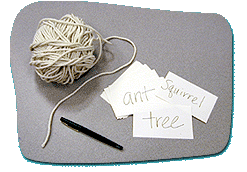
The Materials
- index cards
- marker or pen
- a ball of twine
- list of connections
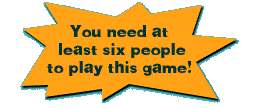
The Connections
- sun
- bumblebee
- mushroom
- rock
- grass
- mouse
- earthworm
- ant
- spider
- river
- woodpecker
- rain
- dead leaf
- butterfly
- flower
- tree
- snake
- frog
- snail
- living leaf
- owl
- squirrel
- soil
- deer
What to Do

Write the names of each organism from the list of connections on an index card.
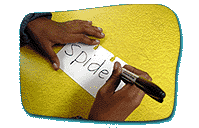

Sit in a circle.
Each player takes a card from a pile in the middle and holds it up so that everyone can see the name of the organism on the card.
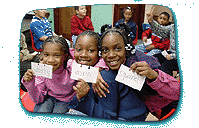

The person with the tree card starts off the game by tossing the ball of twine to someone else in the circle.
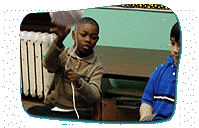

The person who catches the ball tries to explain how the organism on his or her card interacts with the tree. Anyone in the group can join in to help out.
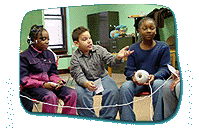

Next, the person who caught the ball holds onto the string and tosses the ball to a third person.
The third person explains how the organism on his or her card interacts with the second person's organism. If the player gets stuck, anyone in the game can make a guess.
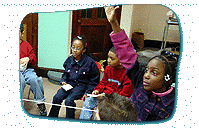

The game continues until everyone has had a turn at catching the twine.
The twine is now complex and tangled—everyone in the group is connected to everyone else.
Players can also talk about how their organisms are connected to others that came up earlier in the game.
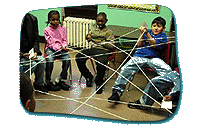

Choose one of the organisms in the game. Can anyone predict what would happen if it was removed from the web? Which other organisms would be affected?
What would happen if you cut the twine with scissors? What effect would this have on the ecosystem?
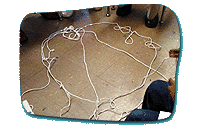
What's going on here?
The tangled ball of twine has formed a web, just like the complicated web of life in an ecosystem. The web shows how closely organisms in an ecosystem interact with one another. Anything that happens to part of the web has an effect on the whole system.
Image Credits:
Photos: AMNH




 Biodiversity
Biodiversity
 Brain
Brain
 Genetics
Genetics
 Marine BiOLogy
Marine BiOLogy
 MicrobiOLogy
MicrobiOLogy
 PaleontOLogy
PaleontOLogy
 ZoOLogy
ZoOLogy
 AnthropOLogy
AnthropOLogy
 ArchaeOLogy
ArchaeOLogy
 Astronomy
Astronomy
 Climate Change
Climate Change
 Earth
Earth
 Physics
Physics
 Water
Water
